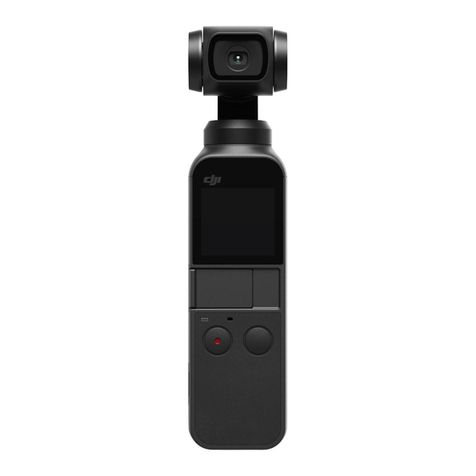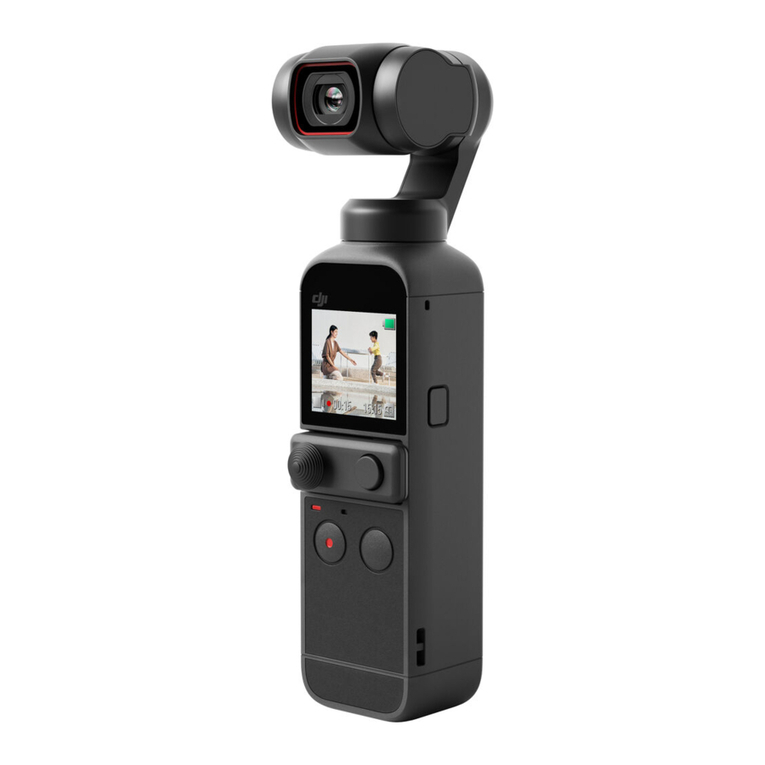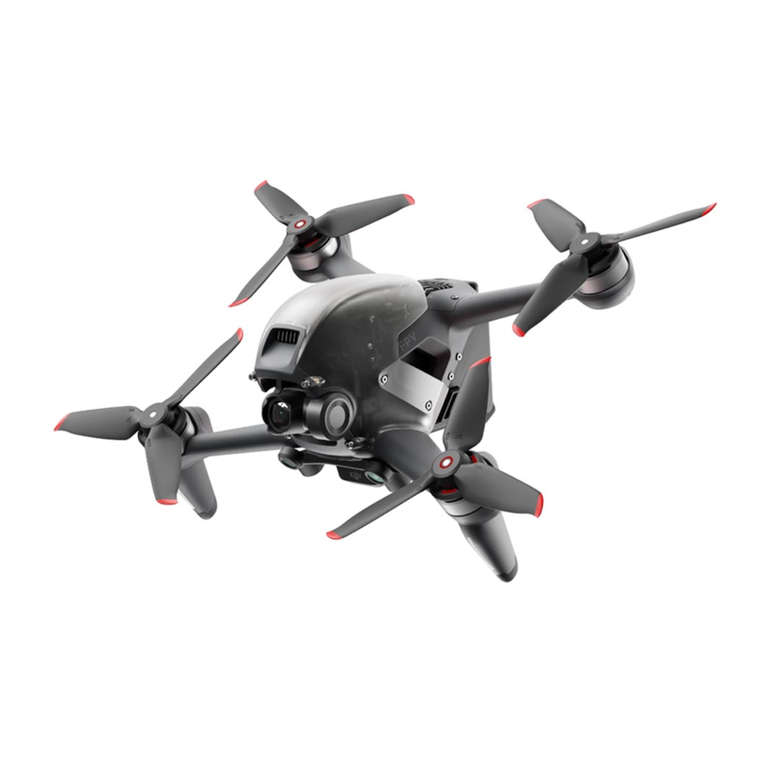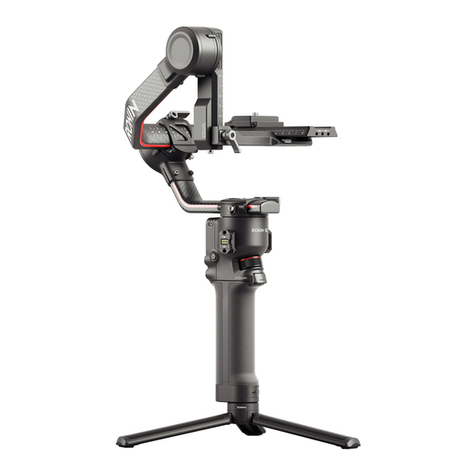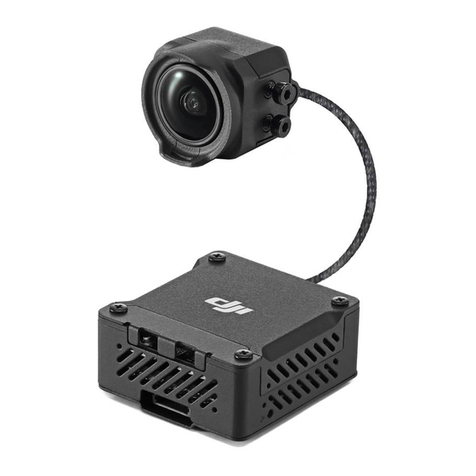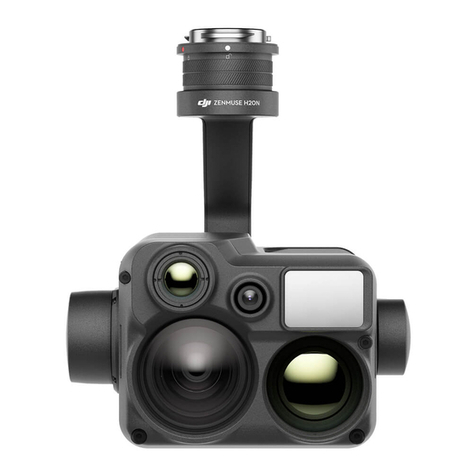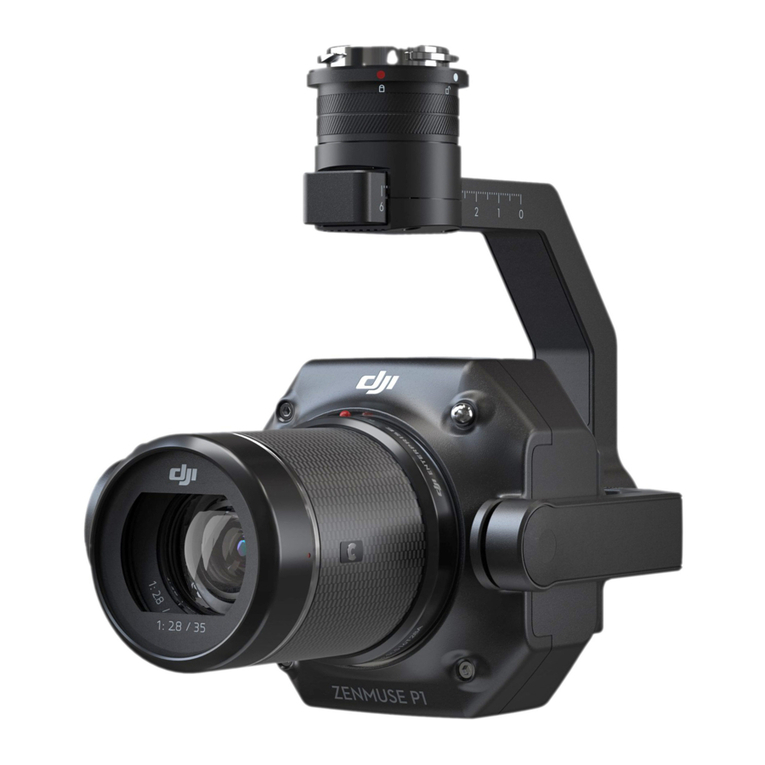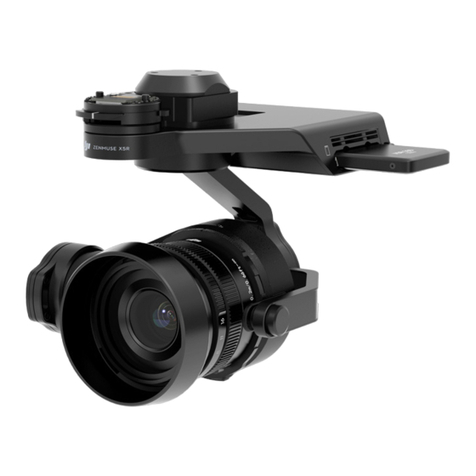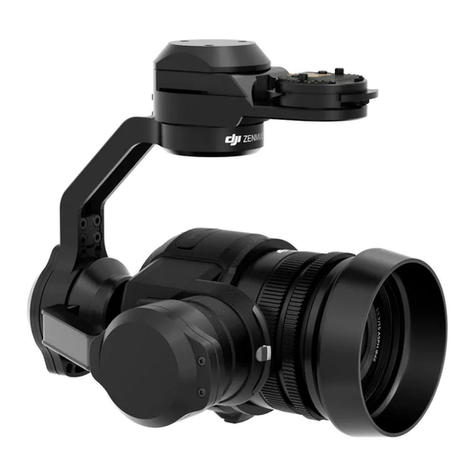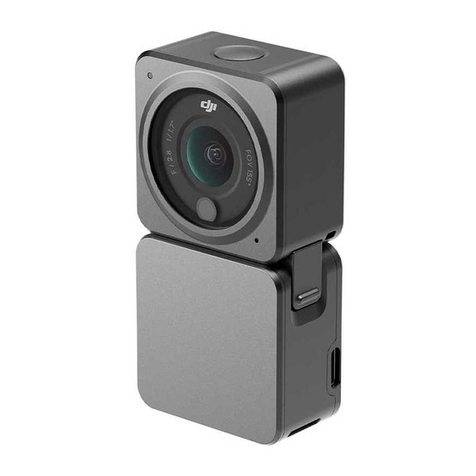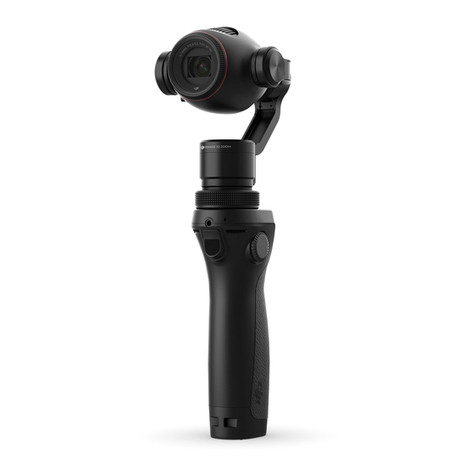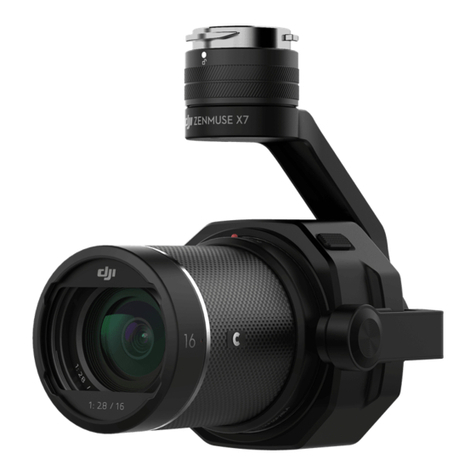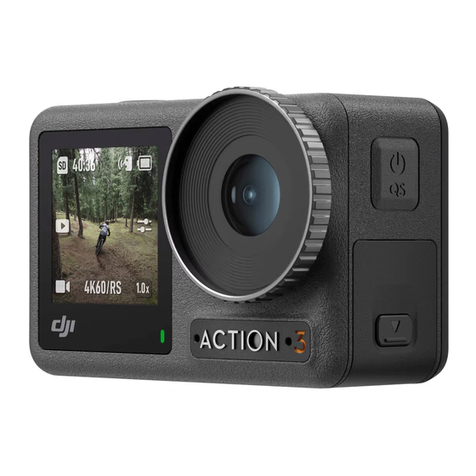
©2021 DJI All Rights Reserved.
3
Using This Manual
Legends
Important Hints and Tips Reference
Caution
1. The L1 is a precision instrument. DO NOT drop the L1 and handle with care.
2. If highly accurate point cloud data is required, it is not recommended to use the L1 in low visibility
conditions such as foggy or rainy weather. Otherwise, the detection range may be reduced resulting
in point cloud noise being produced.
3. DO NOT touch the optical window of the L1. Dust and stains on the optical window can negatively
affect the performance. Use compressed air or a wet lens cloth to clean the optical window
correctly. Refer to the Storage, Transportation, and Maintenance section for more information on
how to clean optical windows.
4. DO NOT touch the surface of the lens with your hand. Be careful to avoid scratching the surface of
the lens with sharp objects. Otherwise, the quality of images may be aected. Clean the surface of
the camera lens with a soft, dry, clean cloth. DO NOT use substances containing alcohol, benzene,
thinners, other ammable substances, or alkaline detergents to clean or maintain the RGB Mapping
Camera or Auxiliary Positioning Vision Sensor.
5. When not in use, store the L1 in the storage case and replace the desiccant packet as necessary to
prevent fogging the lenses due to excessive ambient humidity. If the lenses fog up, the water vapor
will usually dissipate after powering on the device for a while. It is recommended to store the L1 in
an environment with a relative humidity of less than 40% and temperature of 20±5° C.
6. DO NOT place the product under direct sunlight, in areas with poor ventilation, or near a heat
source such as a heater.
7. DO NOT repeatedly power the product on or o. After powering o, wait at least 30 seconds before
powering back on. Otherwise, the product life will be aected.
8. Under stable laboratory conditions, the L1 achieves an IP54 protection rating by IEC 60529
standards. The protection rating is not permanent, however, and may reduce over an extended
period.
9. Make sure there is no liquid on the surface or in the port of the gimbal.
10. Make sure the gimbal is securely installed on the aircraft and the microSD card slot cover is closed
properly.
11. Make sure the surface of the gimbal is dry before opening the microSD card slot cover.
12. DO NOT remove or insert the microSD card when taking a photo or recording a video.
